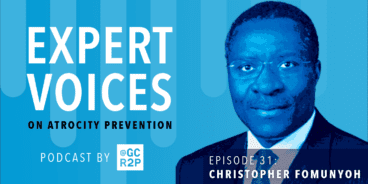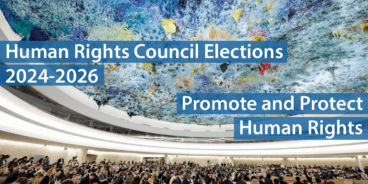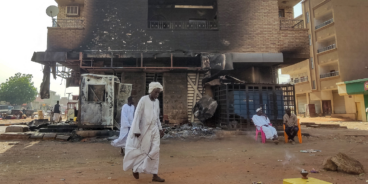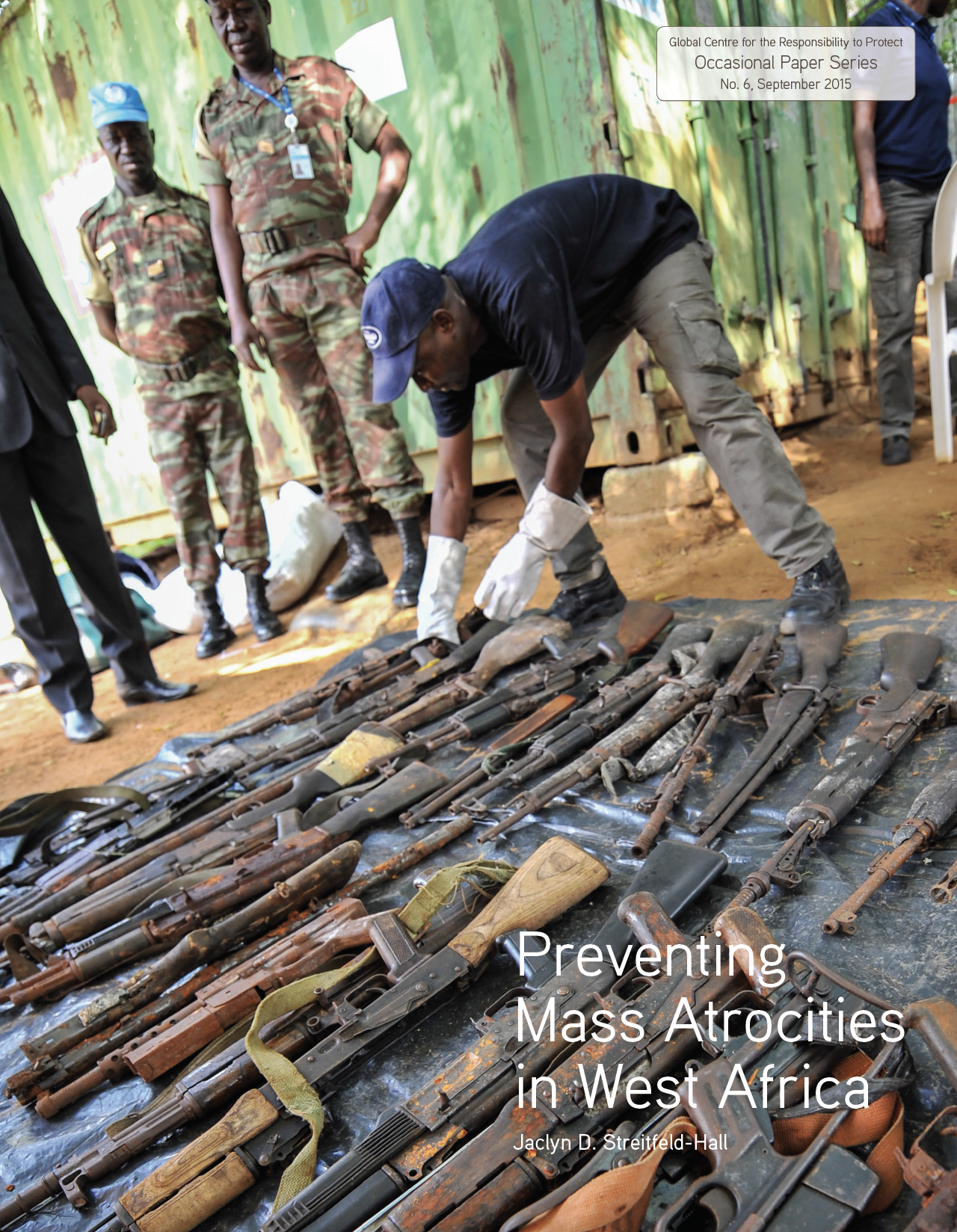
Preventing Mass Atrocities in West Africa
During the late 1990s and early 2000s populations across several West African countries endured civil war, violence that spilled over borders and mass atrocities perpetrated by both armed rebels and governments. The repercussions of identity-based conflict ensured that inter-communal divisions, socioeconomic instability and weak or corrupt governance remained pervasive throughout the region even after the conflicts had ended. Today, however, actions taken at all levels are changing the pattern of conflict and governance in West Africa and countries that previously experienced mass atrocity crimes are now implementing structural reforms to ensure that violent conflict does not recur.
This occasional paper from the Global Centre for the Responsibility to Protect assesses institutions that play a role in mass atrocity prevention at the national, regional and international level in West Africa. From Ghana’s National Peace Council to the Early Warning Response Network of the Economic Community of West African States, diverse actors throughout the region are taking critical steps towards safeguarding populations from mass atrocity crimes.
Case studies of Côte d’Ivoire, Guinea, Liberia and Sierra Leone review preventive mechanisms undertaken after mass atrocities have occurred, addressing the gaps between the need and desire to rebuild and the reality of post-conflict government capacity. This paper is being published at a moment that will serve as a critical test for preventive efforts undertaken by Guinea and Côte d’Ivoire as both countries prepare for October 2015 elections.
In the case of Côte d’Ivoire, following a 2011 post-election crisis that resulted in more than 3,000 deaths, the new government promised wide-ranging reforms to ensure that the country did not relapse into conflict. While many of these reforms have had positive results, an incomplete accountability and reconciliation process threatens the long-term stability of the country.
In Guinea, long-delayed parliamentary elections, a history of violent conflict and previous atrocities committed by the security forces created serious risks ahead of the 2013 legislative elections. While many worried that the government had not undertaken sufficient reforms, the elections that took place in September 2013 were relatively peaceful. As the country approaches a crucial presidential ballot, the case study examines the role of sustained engagement at the regional and international level in aiding Guinea in its preventive efforts.
Together these cases show that prevention, which is at the core of the Responsibility to Protect, has been embraced by a variety of West African states. While not all prevention and protection needs have been resolved, the paper argues that investments that result in incremental changes have significant value in helping societies become more resilient to mass atrocities. Finally, the persistence of West African countries in pursuing decades-long reforms demonstrates that while prevention is neither an easy nor a fast process, sustained commitment is essential to addressing the root causes of conflict and protecting vulnerable populations from mass atrocity crimes.
Download PDF Version:
Related Content


UN Human Rights Council Elections for 2024-2026 and the Responsibility to Protect

